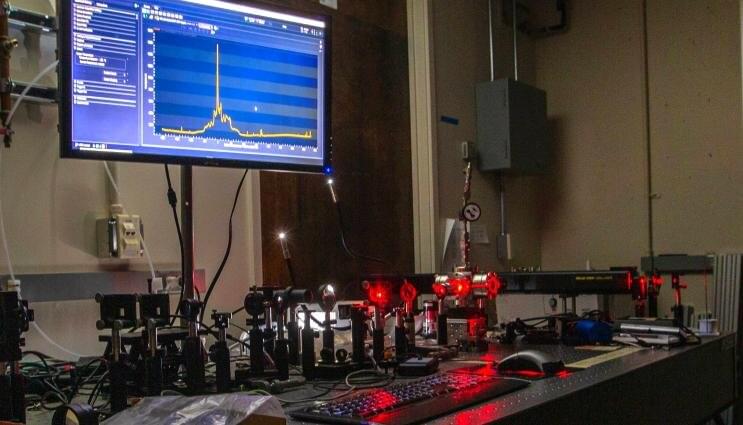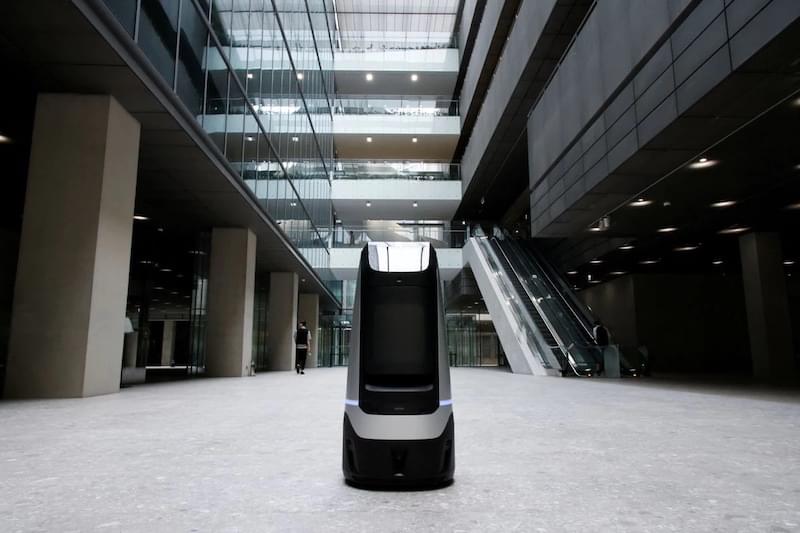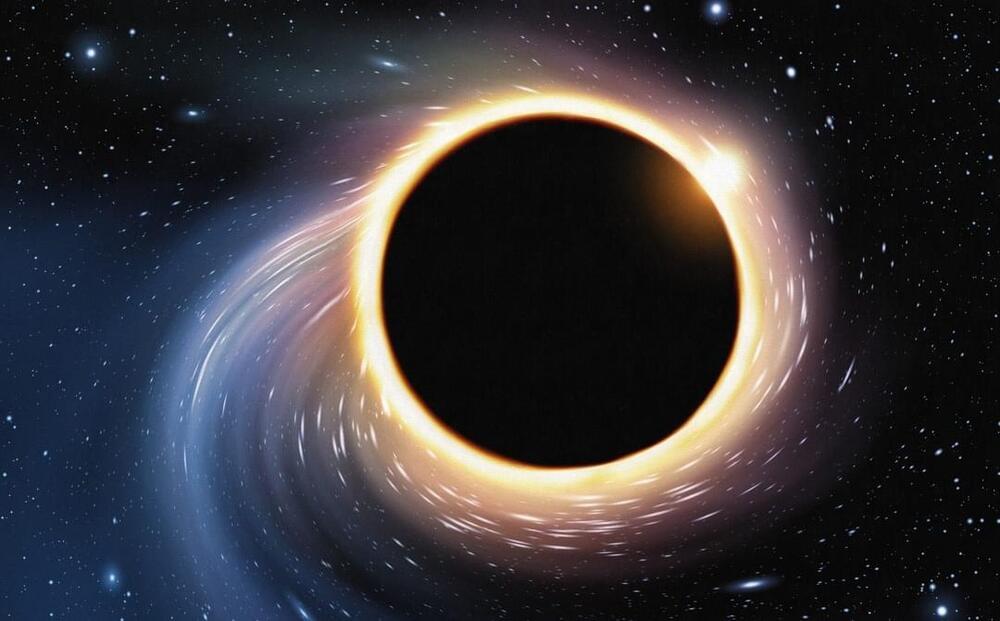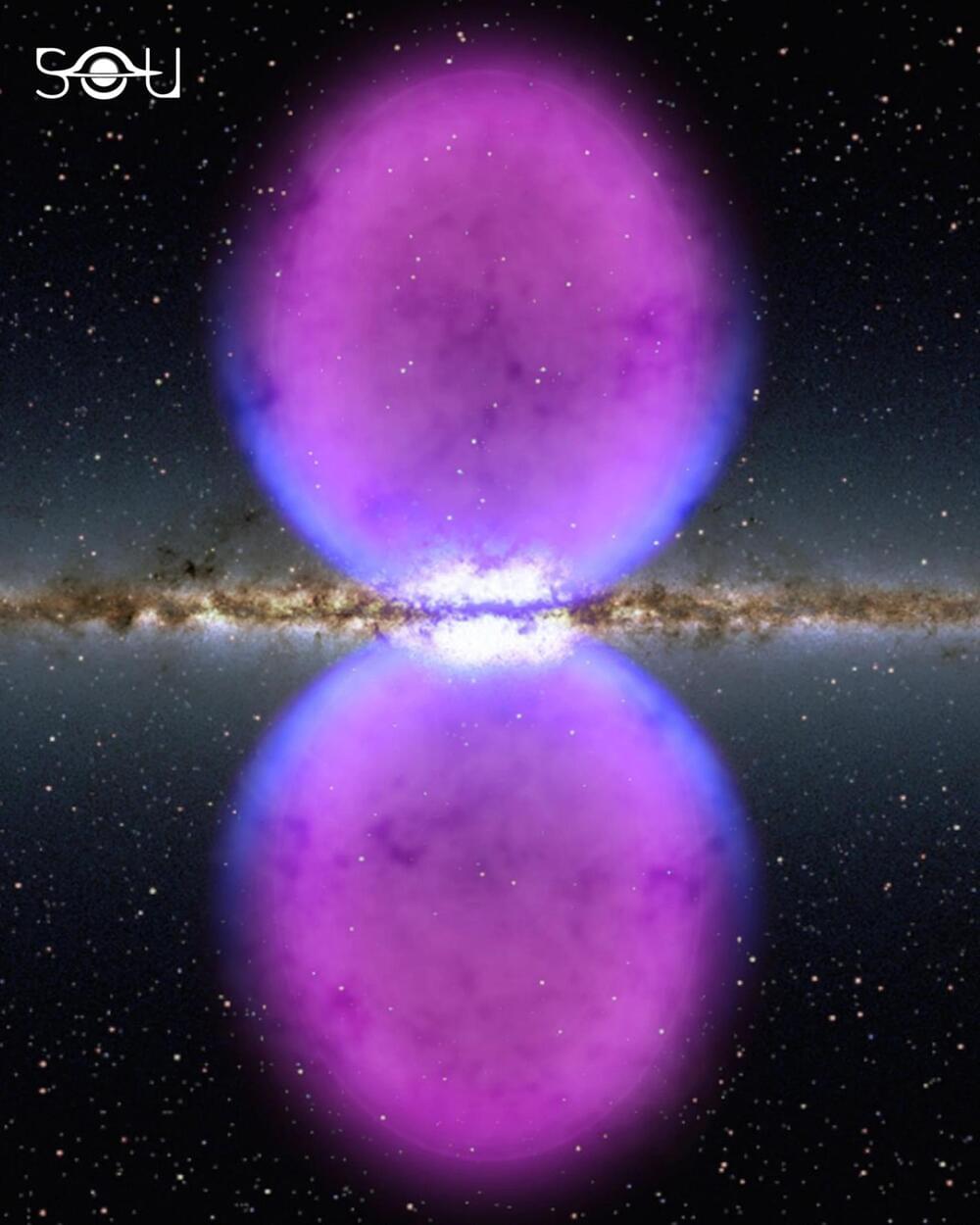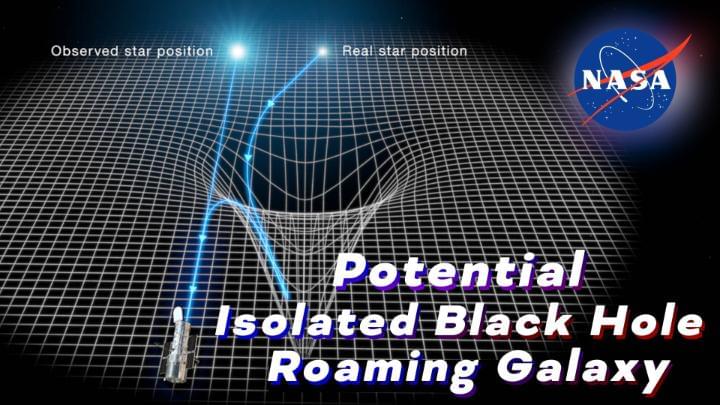A team of researchers from Lawrence Livermore National Laboratory (LLNL) and the University of Michigan has found that the rate of cooling in reactions dramatically affects the type of uranium molecules that form.
The team’s experimental work, conducted over about a year and a half starting in October 2020, attempts to help understand what uranium compounds might form in the environment after a nuclear event. It has recently been detailed in Scientific Reports.
“One of our most important findings was learning that the rate of cooling affects the behavior of uranium,” said Mark Burton, the paper’s lead author and a chemist in the Lab’s Materials Science Division. “The big picture here is that we want to understand uranium chemistry in energetic environments.”
